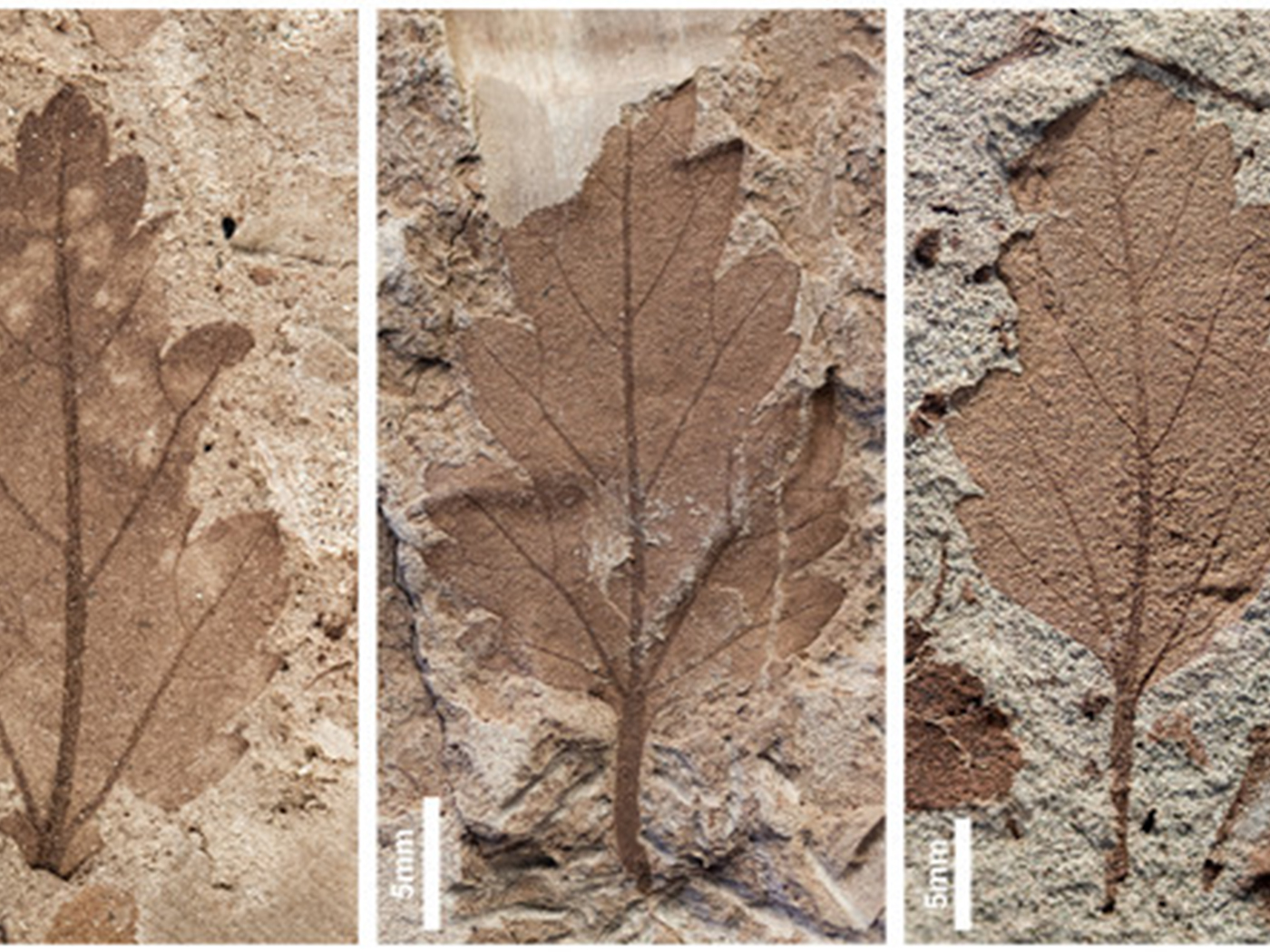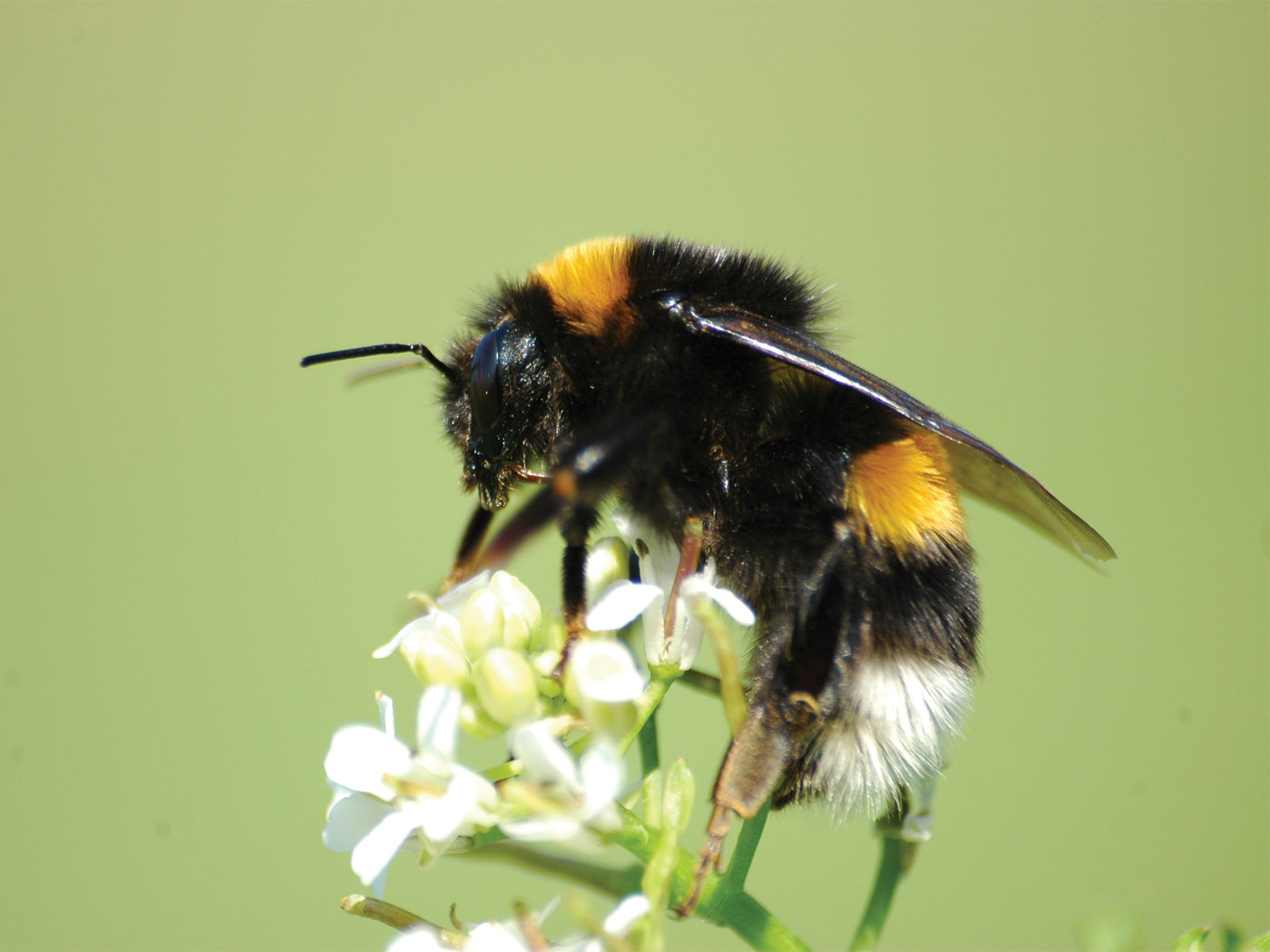New research shows that tropical forests quickly recover after clear-cutting by using clever mechanisms to locate sufficient levels of nitrogen that they need to thrive.
Publishing in the journal Nature, an international team of researchers representing Princeton University, the Smithsonian Tropical Research Institute, the University of Copenhagen, and Yale University tracked tropical forest growth. They paid particular attention to the growth-rate patterns of "nitrogen-fixing" trees.1 (Nitrogen fixation is the process whereby atmospheric nitrogen is converted into more usable compounds.)
Actually, the trees don't perform this "fixing" task alone but in intimate harmonious conjunction with forest soil microbes.2 It's a precision manufacturing process within certain plant roots that converts inert atmospheric nitrogen into an absorbable form.
The researchers offered two theories about how nitrogen-fixing trees help rebuild forests: 1) Perhaps the trees constantly fix nitrogen at a flat rate until neighboring trees outgrow and exclude them, or 2) as the forest matures over decades, different tree species scale their own nitrogen-fixing machinery up or down, as appropriate.
Reporting that the second theory lined up with their research, the Nature study authors found that some plants were "N2-fixing species that persist over time but that turn fixation on or off depending on their nitrogen balance."1
The authors called this "facultative fixation" and wrote, "These dynamics indicate that fixers can buffer forest nitrogen supply by upregulating fixation when nitrogen is low." In other words, these trees don't just have simple on/off switches—they use more complicated self-adjusting dimmer switches connected to nitrogen detectors as a means to control the nitrogen manufacturing pace. "[This] implies that the capacity is functionally ensured throughout forest succession," according to Nature.1
The authors further wrote, "Our findings identify an ecosystem-scale feedback between forest regrowth, vegetation nitrogen demand and the supply of new nitrogen ensured by N2 fixers."1
It's as though someone purposefully endowed plants and microbes not only with the miraculous machinery to convert nitrogen to a usable form at room temperatures and without caustic chemicals, but also with the ability to integrate them with dimmer-switch technology and feedback communication networks to ensure that tropical forests can proliferate—even after mankind entirely wipes them out.
Internal mechanisms—likely networks of biochemical machines—enable these trees to fix nitrogen, a suggestion with which the study authors would probably agree. And yet, they wrote, "The results imply that nitrogen limitation is the mechanism favouring fixers and fixation in young forests."1
Perhaps they intended to simply convey the idea that nitrogen is the key factor in the overarching ecological mechanism.
Their research focused on identifying environmental factors that affect forest regrowth. But this focus on external aspects may lead readers to quickly gloss over a more significant inference from their remarkable findings. These amazing trees work together over decades to regulate and maintain appropriate nitrogen levels in their own forest soils, showing an entire ecology organized to work in harmony and by design.3
References
- Batterman, S. A. et al. 2013. Key role of symbiotic dinitrogen fixation in tropical forest secondary succession. Nature. 502 (7470): 224-227.
- Thomas, B. Engineered Chemical Could Cost Less, Save Lives. Creation Science Update. Posted on icr.org September 27, 2013, accessed October 16, 2013.
* Mr. Thomas is Science Writer at the Institute for Creation Research.
Article posted on November 4, 2013.
























